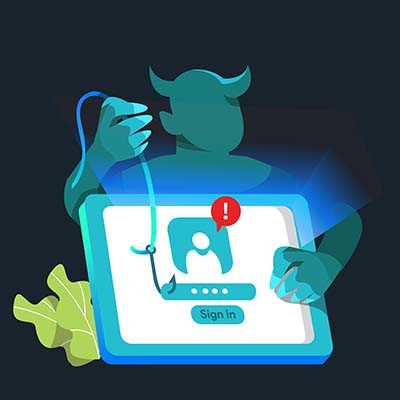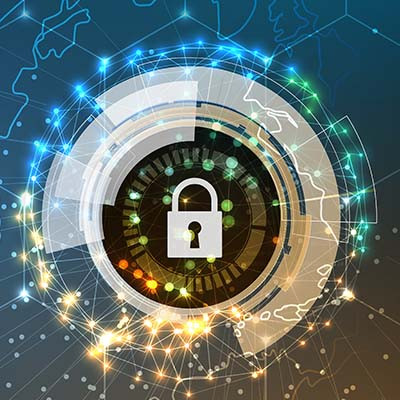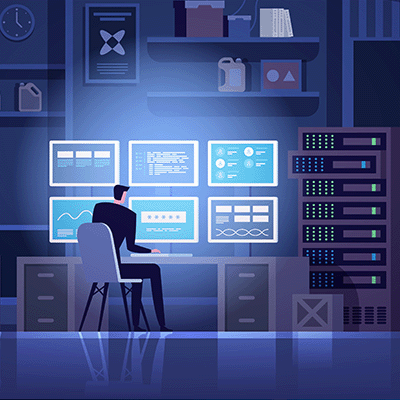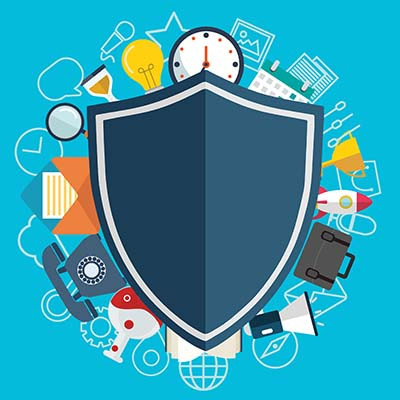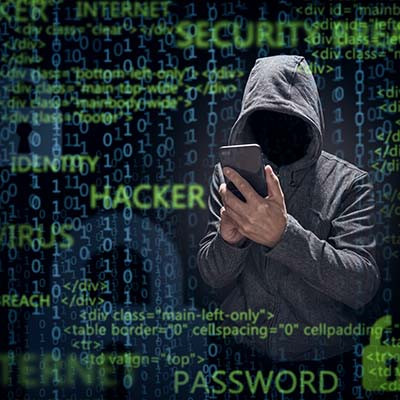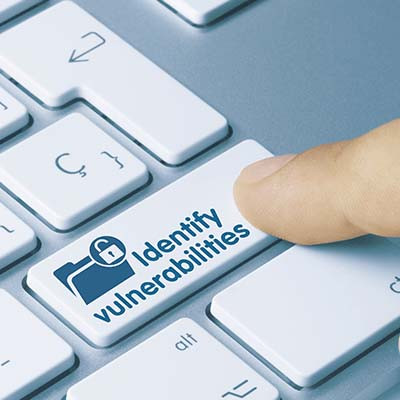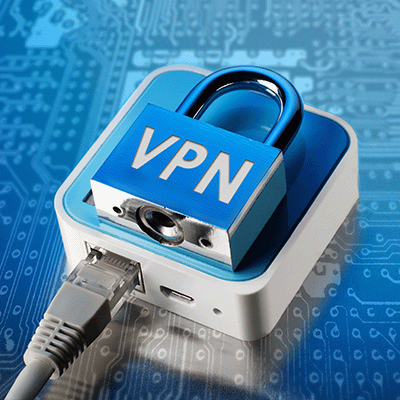Ferrum Technology Services Blog
With businesses shifting largely to remote operations, some companies are now using technology to determine if their employees are actually staying active while on the clock. There is an important discussion being had about whether this type of monitoring, however, violates an employees’ right to privacy.
Using email to trick users is something that hackers have done for ages, but they usually find themselves tucked away in the spam folder where they belong, or blocked entirely by enterprise-level content filters. Hackers, however, are a crafty lot, and they have discovered ways to break through these measures through the use of a surprising third party: social media websites.
All businesses must make securing their infrastructures and reinforcing cybersecurity practices a priority, especially as we move into the new year. This is a concept that involves securing the network, infrastructure, and data from the countless threats out there. Here are three of the most important issues to keep in mind when building your cybersecurity strategy for the new year.
While considering cybercrime, it’s very easy to slip into a dichotomy: hackers are bad, while not-hackers are good. Like most things in life, however, the truth is that there is a spectrum to cybercrime. Let’s take a few moments to consider a few different types of hackers, and the hats that their roles determine they wear.
Some businesses struggle to obtain the appropriate software solutions, especially if they are on a budget. Some even choose to take advantage of free, open-source software simply because it helps their bottom line. There are some benefits to using open-source software, but there are also dangers involved.
Businesses often prioritize different parts of their operations. Some focus on security while others focus on business continuity, even though both are absolutely critical to the long-term success of organizations. This issue is exacerbated by the COVID-19 pandemic, something which has forced some organizations to opt for one over the other.
There are a lot of “smart” devices out there—over 35 billion and counting—and more and more are being connected to the Internet all the time. These endpoints, often called the Internet of Things, are known as vulnerabilities to hackers, as most devices don’t offer the type of comprehensive security that they need to keep from being problematic. What might surprise you, however, is that the primary exploit comes from devices that ironically are thought of as security devices: The ones found in a smart home.
It’s the holiday season, and with it comes a multitude of hackers trying to cash in on everyone’s online purchases. These phishing scams always increase when the holiday season comes around, so it’s best to stay vigilant so that you don’t give yourself the gift of sadness this year. One such threat is already here, and it’s voice spoofing of Amazon orders.
Network security is not the easiest thing to implement for your business, and you definitely need someone trained in this topic to be the one behind the wheel. Thankfully, the correct solutions can make this much easier to pull off. Here are some of the best and most important security solutions you should be considering for your organization.
Phishing scams have been around for a long time, and they have only grown more convincing and more dangerous. Some businesses can’t even tell the difference between phishing scams and legitimate messages! How can your organization take the fight to phishing emails? It all starts with knowing what to look out for.
Do you remember the series of high-profile infrastructure attacks that occurred not so long ago this year? Well, now the United States government is taking matters into its own hands by ordering the patching of various vulnerabilities in affected systems. It’s a massive effort to thwart hackers and other cyberthreats from taking root in vulnerable systems.
Smart devices have enabled individuals and businesses to push the limits of connectivity, allowing them to have unprecedented amounts of control over their offices and homes. People can turn down their thermostats or lock the front door with the click of a button, as well as control how much power their homes consume. However, security is a pain point for these types of connected devices.
With the massive shift toward remote and hybrid work, many companies have implemented virtual private networks to facilitate a more secure working environment for their employees. However, as is the case with these shifts, cybersecurity threats also respond in kind. How are hackers attempting to exploit virtual private networks, and what can you do about it?
Unfortunately, the COVID-19 pandemic is still in full swing, and while many companies buckled under the pressure put on them to maintain operations, others have managed to adapt through the use of remote technology solutions. Businesses have put into place policies surrounding this remote technology, many of which are both helpful and harmful.
The primary difference between an enterprise and a small or medium-sized business is simply how big it is. Due to this size, many of the tools used by enterprises are so powerful and dynamic that they can easily be used by businesses much smaller. Let’s take a look at what some of these technologies and processes are.
At the heart of it, cybersecurity preparedness is a team effort, not necessarily a singular one. Everyone must be aware of and engaged in cybersecurity best practices. As such, training is a necessity. To help you ensure that your cybersecurity training is as effective as possible, we’ve put together a couple of curriculum design tips and tricks to keep in mind.



